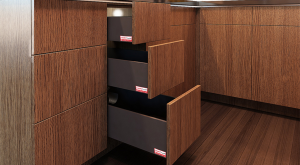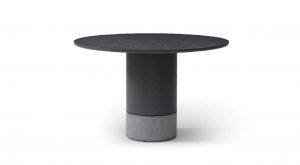Featured Post
DIY Home Improvement Projects for Beginners: A Comprehensive Guide
Introduction
Embarking on DIY home improvement projects can be both exciting and daunting for beginners. This comprehensive guide is designed to help you navigate the world of DIY with confidence. Whether you're looking to assemble cabinet furniture, undertake simple home improvements, or learn how to choose and maintain your tools, this article has you covered. With a focus on beginner-friendly projects and practical tips, you'll be well-equipped to start your DIY journey.
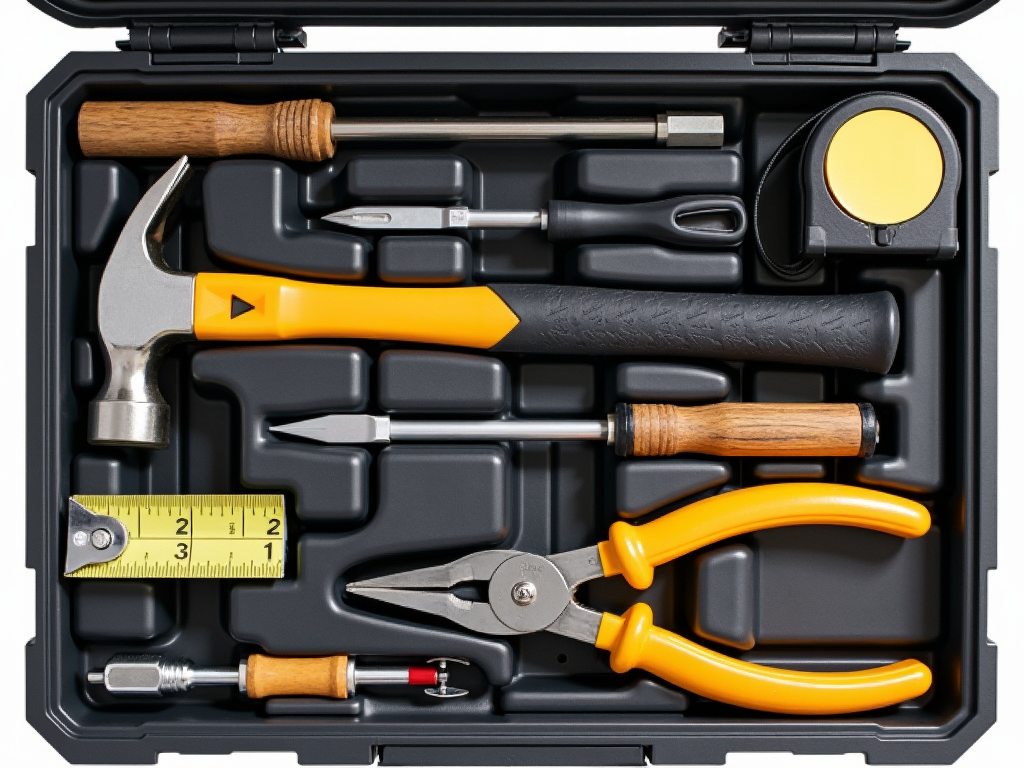
Choosing the Right Tools for Your DIY Projects
One of the first steps in any DIY project is selecting the right tools. For beginners, it's important to start with a basic set of versatile tools that can be used for a variety of tasks. Here are some essential tools you should consider:
- Hammer: A claw hammer is great for driving and removing nails.
- Screwdrivers: A set with both flathead and Phillips head screwdrivers will cover most needs.
- Drill: A cordless drill with a set of drill bits and screwdriver bits is invaluable for many projects.
- Measuring Tape: Accurate measurements are crucial for successful DIY projects.
- Level: Ensures your projects are straight and even.
- Utility Knife: Useful for cutting a variety of materials.
When choosing tools, look for reliable brands that offer good quality at a reasonable price. You don't need to buy the most expensive tools, but avoid the cheapest options as they may not last. For more detailed advice, check out this guide on selecting DIY tools.
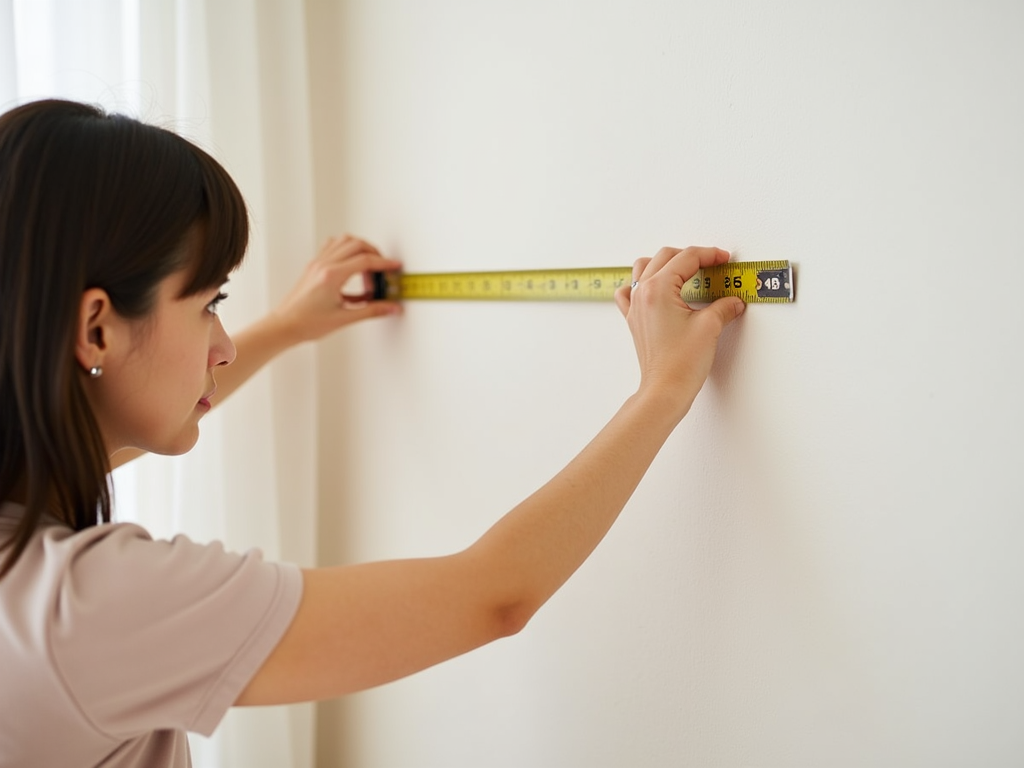
How to Maintain Your Tools for Longevity
Taking care of your tools is essential to ensure they last and perform well. Here are some tips for maintaining your tools:
- Clean After Use: Wipe down tools with a clean cloth to remove dirt and debris.
- Store Properly: Keep tools in a dry, organized space. Use a toolbox or pegboard to prevent damage.
- Check for Wear: Regularly inspect tools for signs of wear or damage. Replace or repair as needed.
- Follow Manufacturer Instructions: For power tools, adhere to the maintenance guidelines provided by the manufacturer.
By following these simple steps, you can extend the life of your tools and ensure they're always ready for your next project.
DIY Home Improvement Projects for Beginners
Here are some easy and rewarding DIY projects that are perfect for beginners:
- Painting a Room
- Tools Needed: Paint, brushes, rollers, painter's tape, drop cloths.
-
Tips: Start with a small room or a single wall. Use painter's tape to protect edges and ensure clean lines.
-
Installing Shelves
- Tools Needed: Drill, level, screws, wall anchors.
-
Tips: Measure twice, drill once. Use a level to ensure shelves are straight.
-
Building a Simple Bookshelf
- Tools Needed: Wood, saw, drill, screws, sandpaper.
-
Tips: Follow a simple plan or use pre-cut wood for easier assembly.
-
Assembling Flat-Pack Furniture
- Tools Needed: Screwdrivers, hammer, allen wrench (often provided).
-
Tips: Lay out all parts and hardware before starting. Follow the instructions step by step.
-
Hanging Pictures or Mirrors
- Tools Needed: Hammer, nails, level, measuring tape.
- Tips: Use a level to ensure items are hung straight. Consider the weight of the item when choosing hardware.
Each of these projects can help you build confidence and skills for more complex DIY tasks.

Cabinet Furniture Assembly Tips for Beginners
Assembling cabinet furniture can seem intimidating, but with the right approach, it can be a manageable and satisfying project. Here are some tips to help you succeed:
- Read Instructions Thoroughly: Before you start, read through the entire instruction manual to understand the process.
- Organize Parts and Hardware: Lay out all parts and hardware in an organized manner. Group similar items together.
- Use the Right Tools: Ensure you have the necessary tools, such as screwdrivers, a hammer, and possibly a drill.
- Take Your Time: Don't rush the process. Carefully follow each step to avoid mistakes.
- Avoid Common Mistakes: Be careful not to over-tighten screws, as this can strip the threads or damage the material. Also, ensure all parts are aligned correctly before securing them.
By following these tips, you'll be able to assemble your cabinet furniture with confidence and precision.
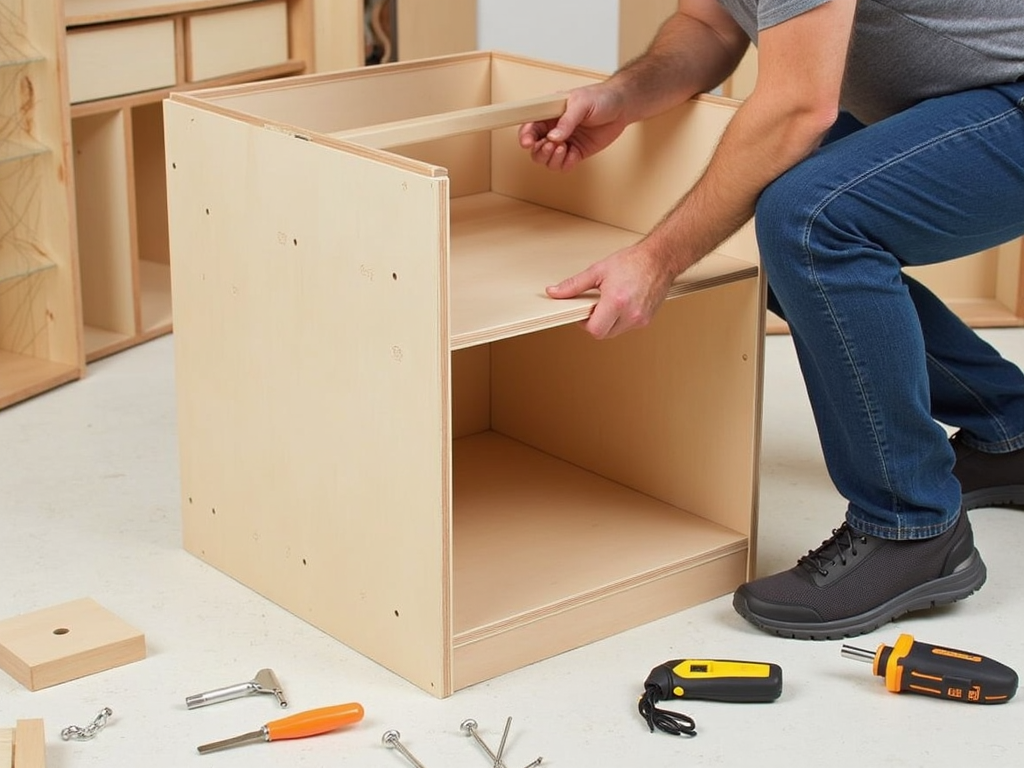
Conclusion
Starting your DIY journey can be incredibly rewarding. By choosing the right tools, maintaining them properly, and tackling beginner-friendly projects, you'll build the skills and confidence needed for more advanced home improvements. Remember, every expert was once a beginner, so don't be afraid to start small and learn as you go. For more inspiration and guidance, check out the recommended readings below.







